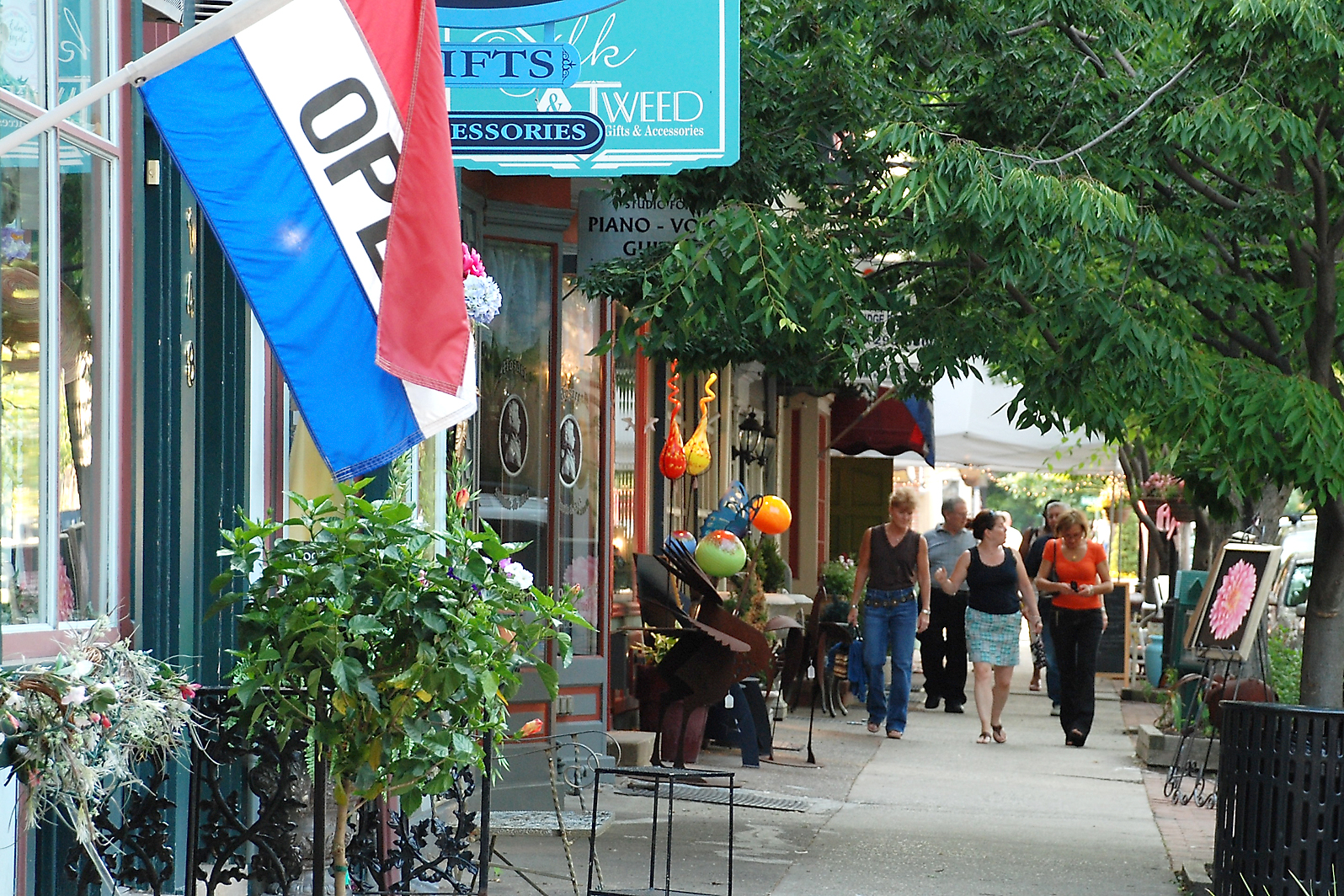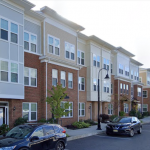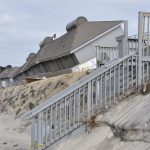New Jersey Future Blog
Healthiest Gains Come From Walkable Communities
June 28th, 2001 by Tim Evans
Walkable Communities
- If you’re among the Americans who can walk to the fireworks this Fourth of July, or bike for summer ice cream, you’re in a shrinking minority.
- The Center for Disease Control reports that trips made by walking or cycling had declined to 6.4 percent by 1995, a direct consequence of sprawling, auto-dependent development. Only 28 percent of children aged 5-15 years who lived within a mile of their school actually walked there.
- The number of obese Americans has risen correspondingly, the CDC reports. In 1987, no state reported more than 15 percent of its population as obese, defined as more than 30 pounds overweight. By 1998, all but five states reported obesity in more than 15 percent of the population.
Since the 1950s, the sidewalks, roads and trails that once encouraged walking and bicycling in the United States have been neglected in favor of auto-dependent development – and the number of obese Americans has risen correspondingly.
The numbers give added urgency to the need for smarter growth, and the more livable communities it provides. Such communities are commonly called “centers” or “traditional towns,” and they boast an option today’s sprawling suburban communities don’t offer – the option of walking to schools, shops and offices.
Centers also have significant economic benefits. Independent experts estimate that directing New Jersey’s future growth into centers and away from open lands in accordance with the State Plan will save New Jersey as much as $2.3 billion on roadway construction, plus sewer and water upgrades, in the next 20 years.
“Separation of uses” by zoning made sense when New Jersey was primarily a state of factories or industries that weren’t desirable neighbors. Today, however, the dominance of service and high-tech office businesses in New Jersey makes the idea of walking to the office – or having schools and homes within a corporate campus – a more desirable option, especially for reducing today’s traffic congestion.
Municipalities should change their master plans so that mixed-use development is the de facto plan, with fewer areas zoned for single-use development that requires more driving, creates more traffic and more rapidly consumes open land. (See “20 Ways to Move NJ Toward a More Prosperous, Just and Healthy Future,” on-line at www.njfuture.org)
Facts Contact:
B. Tim Evans, NJF Research Director
timevans njfuture
njfuture org (timevans
org (timevans njfuture
njfuture org)
org)
















